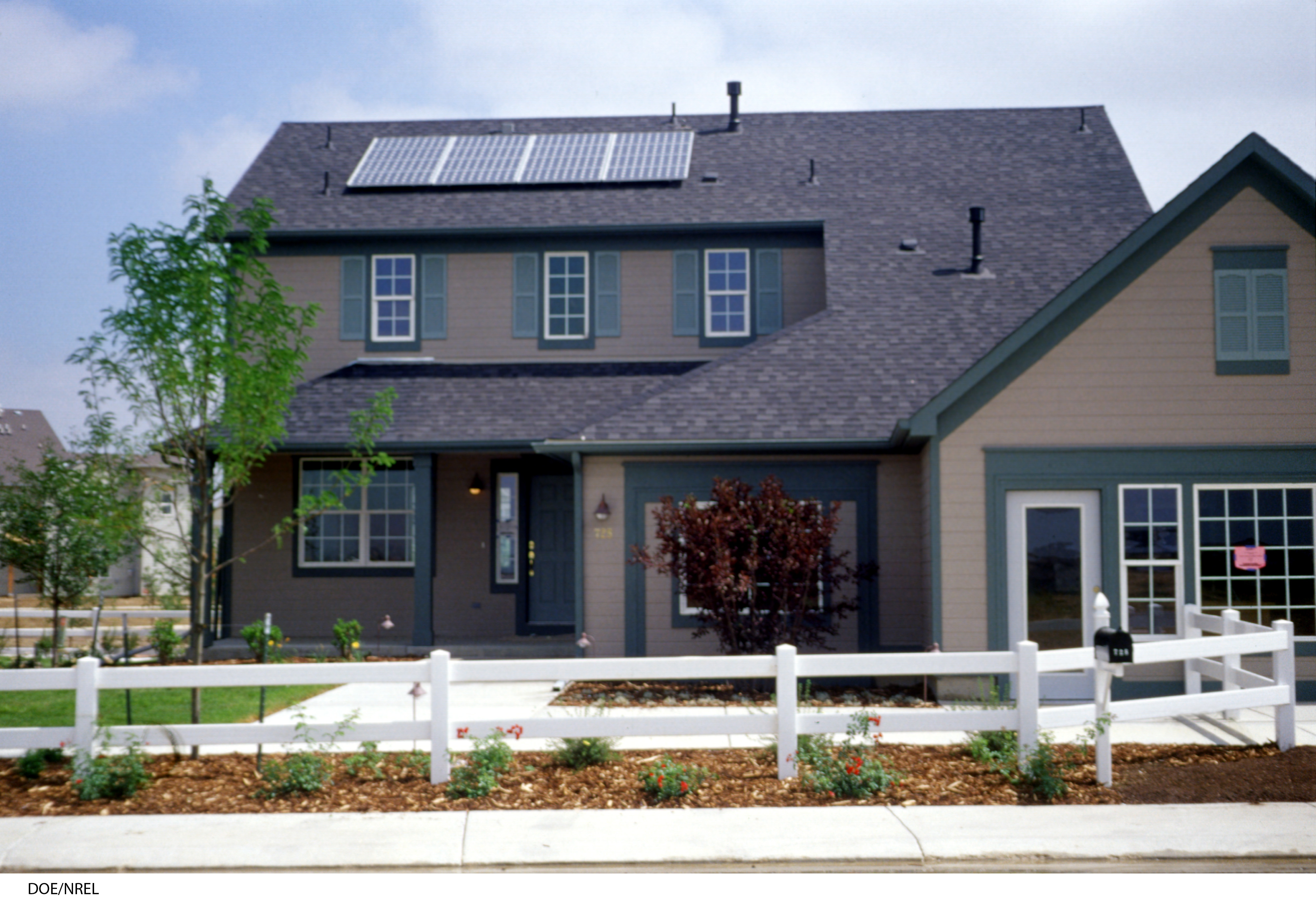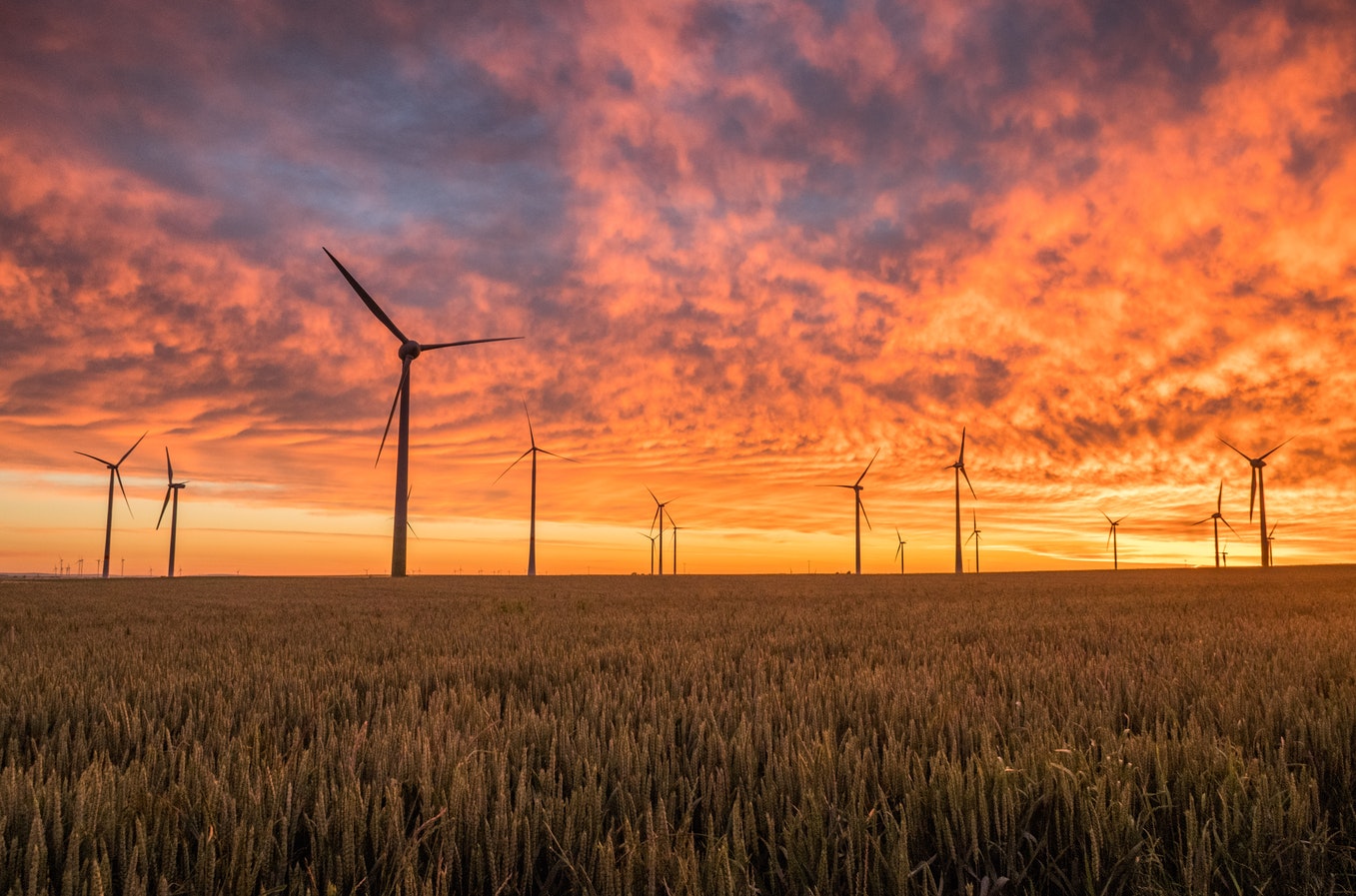SPEC Rooftop Solar Stats
80946
kWh generated since Oct. 2016
9033
kwh generated year to date
17
cents per kWh cost for solar
Equivalent Greenhouse Gasses Avoided
9
Passenger vehicles driven for a year
4
Texas homes' electricity use for 1 year
45625
pounds of coal burned
Your Source for Energy and Information
San Patricio Electric Cooperative wants to help members stay informed and educated about renewable energy.
This website provides San Patricio Electric Cooperative’s requirements for interconnecting distributed generation systems such as photovoltaic (PV) generation systems. SPEC’s primary concern is that these systems be interconnected safely in accordance with all applicable codes and regulations without adversely affecting SPEC’s electrical utility system.
Interconnection requirements for systems up to 700 kW are covered by our Distributed Generation Procedures & Guidelines.


Sign Up to Go Green
You don't have to install an expensive solar array on your roof to go green. San Patricio Electric Cooperative now offers a 100% Renewable Energy Rate! When you sign up for this rate, 100% of the electricity billed to you comes from solar and wind energy facilities.
Learn more about SPEC's 100% Renewable Energy Rate.
Give us a call at 361-364-2220 to sign up for this special rate.
Solar FAQ
Solar energy systems work when sunlight hits a solar photovoltaic module (solar panel or PV panel) and causes electric current to flow. The current produced from the PV panels is controlled and regulated by an inverter, which converts direct current (DC) to alternating current (AC), needed for use by household appliances. The electrical panel is where the power gets distributed throughout your house; any excess electricity may be sent from the panel back to SPEC’s power grid.
Solar panels don't generate electricity when the sun isn't shining. That's why most people opt for grid-connected solar systems, which offer power when you need it, 24/7. That means, you will continue to draw electricity from SPEC when the sun isn't shining, or your electricity use rises above the system's generation capacity.
Battery-backed or grid-independent systems use on-site energy storage to store excess energy produced during the day for use at night or when the sun is not producing enough power. However, choosing this option will add significant cost and maintenance to your system. Another factor to consider is that during prolonged periods of cloudy weather, a battery backup may not be adequate to serve your energy needs.
All grid-connected PV systems should have a safety feature that shuts down the solar system to prevent back-feeding electricity into de-energized power lines. It’s important to have this shut-down feature to prevent injuries—and even death—to those working on the line.
SPEC has a 6.5 kW system installed on our office roof in Sinton, a total of 22 panels. The entire system cost $24,877. It generates approximately 9,500 kWh annually, which isn't quite enough to power the average residential home. In Texas, the average residential home uses 13,334 kWh of electricity per year, according to the U.S. Energy Information Administration.
The price of PV components varies depending on the size of the system (generating capacity), type and quality of the components purchased, and complexity of the system selected.
Installation costs depend on the size and complexity of the system, but also on the home layout and construction. For example, a simple, south-facing roof allows for an easier install than a roof with hips and valleys. In addition, some homes require structural or wiring upgrades before a system can be installed.
An average 4 kW system may cost between $10,000 and $20,000. This is based on a typical installed cost of $2.50 to $5 per Watt of distributed generation capacity. A reputable solar installer will be able to give you accurate pricing for a system specific to your home.
That depends on several factors. 1) The size of your system. You can determine how much electricity you want to produce; then size your system accordingly. Note that you can start out small and add on. A system that will generate 100% of your energy needs is expensive, so most systems are sized to generate only a portion of your home’s needs. 2) Your site. If you have a shade-free area from 9 a.m. to 3 p.m., you’ll be able to collect more sun and produce more energy than if your site is shaded. 3) Your region. The more sunny days in your area, the more electricity you’ll be able to generate. For example, systems in the southwest produce more electricity per year than in the northeast. You can find online calculators to help answer this question in more detail, and installers can provide details about your situation, too.
We recommend sizing your solar system to only cover the energy needs of your home, because you get the most out of your investment that way. However, if your system does produce more energy than you consume, SPEC may purchase your excess electricity at our avoided cost rate. For more information, contact us at 361-364-2220.
The payback period for a solar PV system varies based on a number of factors, including: the cost of the system, financing terms, how much electricity you use, how much electricity your solar panels actually generate and more.
You'll see the quickest payback period by paying for the system in full, upfront. However, if the system is financed, it can take a much longer time to see a return on your investment, as the cost of the system will increase over time due to interest.
The payback period on a PV system can range from fewer than 10 years to more than 20 years. In some cases, you'll actually pay more money to use solar power and there is no a return on investment in the system's useful lifetime. These are all things to keep in mind if you're considering installing a solar PV system.
Certified PV products and systems have a life expectancy of 25 - 30 years. Manufacturers test PV panels for hail impact, high wind, and freeze-thaw cycles to represent real-life situations. Most manufacturers offer 20- to 25-year warranties for panels; extended warranties may be available at an extra cost. Other components, like inverters, may have a shorter life.
Some maintenance is required. To ensure solar panels are working as efficiently as possible, it's important to get them cleaned periodically to remove any dust or grime that's built up on the system.
Another important consideration is your roof. If your PV system is going to last 25 years, you want to make sure your roof is going to last too. Make sure your roof is in good shape or budget for replacement before the installation of solar.
As with any major home improvement project, purchasing from the right contractor is every bit as important as the product you’re purchasing. Due diligence is critical to ensure you get the best system, for a fair price, and that it’s installed correctly and on time.
Ask friends, family and neighbors for references when shopping for a solar installation company, and check that company’s history through state and local consumer protection agencies, such as the Better Business Bureau, before signing any agreement. You should also compare bids from several companies, paying special attention to:
- Insurance documents, certifications and licenses.
- Payment options and financing details.
- The full cost of installation, including materials, labor and any building or electrical permits.
- The expected performance of the equipment and size of the panels.
- Whether the system is guaranteed to produce a certain amount of energy.
- What warranties apply to the equipment and the installation’s workmanship.
- Whether a maintenance program is available.
It’s also a good idea to ask prospective contractors to provide you with a list of references so you can contact them or check out other installations the contractor has completed.
If you decide to install a solar system, make sure you contact San Patricio Electric Cooperative for installation and interconnection requirements. Most solar systems are designed to provide you with a portion of the electricity you need, but won’t cover 100% of your needs. You’ll still need to be connected to the grid for reliable electricity at night, on cloudy days or whenever you’re energy use exceeds the solar system’s generation capacity. We will work with your solar installer and help make sure that all safety precautions are followed throughout the interconnection process.
